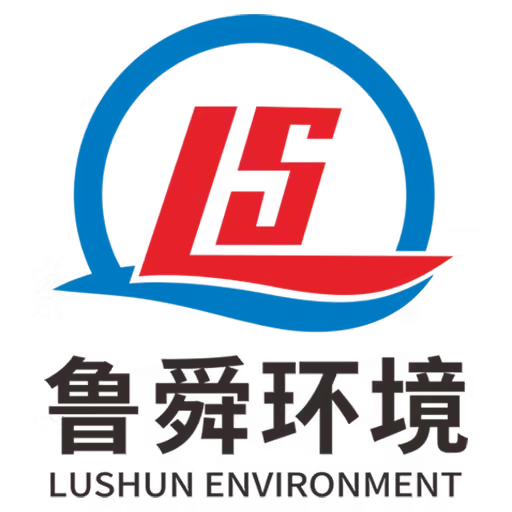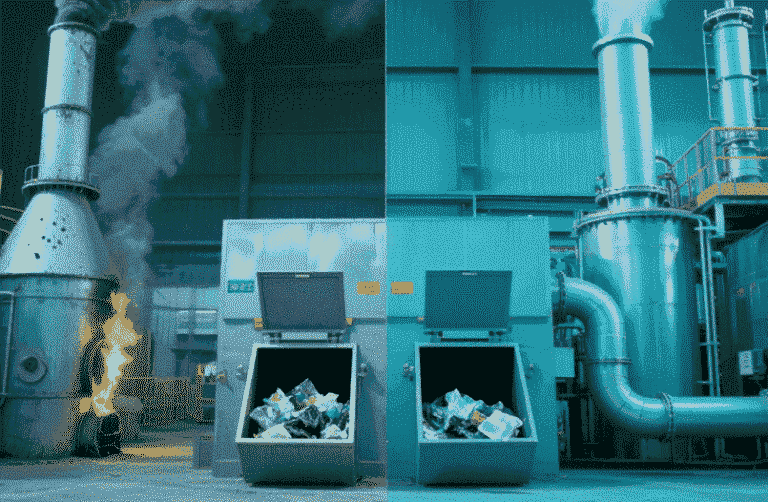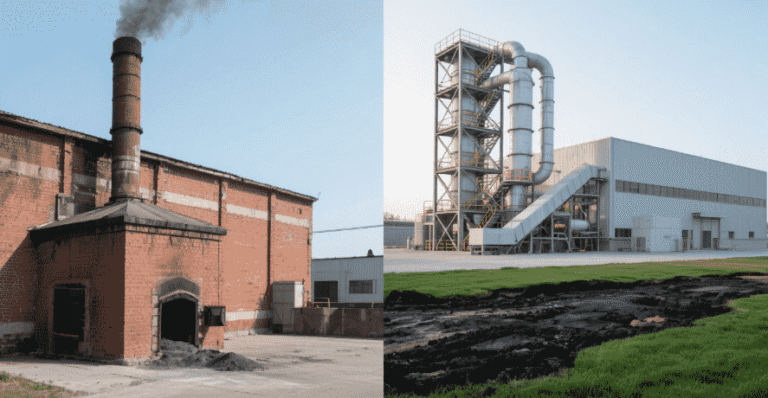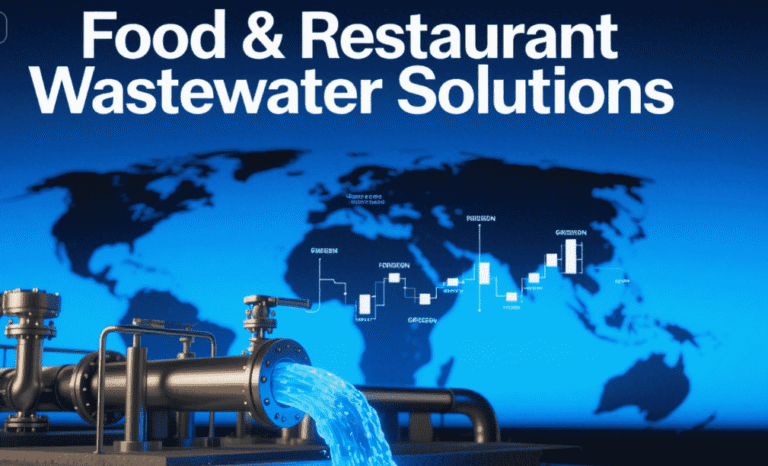Welcome to My Blog! 🌟
I’m so glad you’re here! Before we jump into the exciting content, I’d love for you to connect with me on my social media platforms. It’s where I share extra insights, interact with our amazing community, and post regular updates. Here’s how you can join the conversation:
📘 Facebook: Follow me on Facebook for more updates
Now, let’s dive into the journey ahead. I hope you find everything here both engaging and valuable. Together, let’s explore, learn, and grow! 🚀
Table of Contents
Introduction
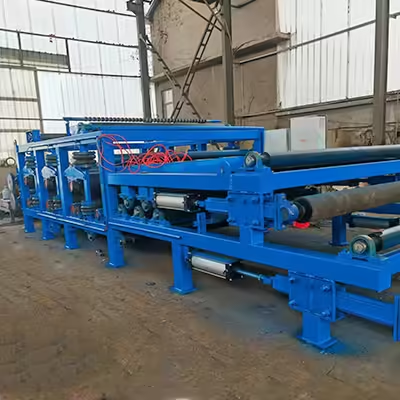
Wastewater treatment plants and industrial facilities generate vast amounts of sludge that require careful handling and processing. Investing in advanced sludge processing equipment not only ensures compliance with environmental regulations but also uncovers opportunities for significant cost savings. In this post, we explore nine smart ways sludge processing equipment can reduce operational expenses, improve efficiency, and deliver long-term financial benefits for treatment facilities.
By understanding how to optimize sludge processing equipment, plant managers and engineers can make informed decisions that lower energy consumption, minimize chemical use, reduce disposal fees, and enhance overall system performance. This guide delves into practical strategies—from dewatering enhancements to heat recovery systems—that leverage modern equipment capabilities and process innovations.
NO 1. Energy-Efficient Motor and Drive Systems for Sludge Processing Equipment
Upgrading to high-efficiency motors and variable frequency drives (VFDs) is one of the most straightforward methods to lower electricity costs. Sludge processing equipment such as centrifuges, belt presses, and screw presses often run continuously or for extended periods. Standard motors can consume excessive power during startup and operation.
With sludge processing equipment outfitted with VFDs, operators can adjust motor speeds to match process demands rather than running at full power constantly. Key benefits include:
Reduced Power Consumption
Variable speed control allows the equipment to run only as fast as necessary, cutting electricity usage by 20% to 50% depending on load profiles.
Lower Peak Demand Charges
Smooth acceleration and deceleration of sludge processing equipment reduce inrush currents, helping avoid peak demand spikes that drive up utility bills.
Extended Equipment Lifespan
By reducing mechanical stress on components, energy-efficient motors and drives lower maintenance costs and downtime over the lifespan of sludge processing equipment.
NO 2. Optimized Polymer Dosing with Sludge Processing Equipment
Chemical conditioning with polymers is common to improve dewatering within sludge processing equipment. However, overdosing polymers adds unnecessary expense and can lead to increased sludge volume.
Automated Dosing Systems
Integrating automated polymer dosing systems with sludge processing equipment helps maintain the precise coagulant concentration that achieves optimal solids capture with minimal chemical use. Real-time sensors monitor sludge characteristics and adjust dosing rates accordingly.
Cost Impacts
Intelligent dosing can reduce polymer consumption by 30% to 40%, translating directly into lower chemical costs and reduced sludge volume for disposal or further treatment.
NO 3. Heat Recovery Integration in Thermal Sludge Dryers
Thermal drying systems for sludge can be energy-intensive. However, pairing sludge processing equipment such as belt dryers or rotary drum dryers with heat recovery units can recapture heat from exhaust gases and recycle it back into the drying process.
Waste Heat Utilization
Recovered heat reduces fuel or electricity consumption in the primary drying cycle, lowering operational costs by up to 25%.
Improved Environmental Performance
By reducing greenhouse gas emissions and waste heat discharge, heat recovery systems help facilities meet sustainability targets and potentially qualify for energy grants or carbon credits.
NO 4. Enhanced Sludge Thickening Techniques
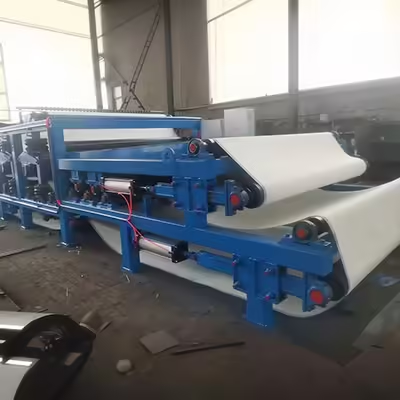
Thickening concentrates sludge solids before dewatering, reducing the volume processed by sludge processing equipment and saving on energy and chemical use.
Gravity Belt Thickeners and Rotary Drum Thickeners
Using specialized thickening equipment upstream minimizes the load on downstream dewatering presses or centrifuges, cutting power consumption by 15%–30%.
Sludge Volume Reduction
By raising solids concentration from around 1% to 4%–6%, thickening can shrink sludge volumes by up to 60%, directly reducing haulage and disposal costs.
NO 5. Advanced Centrifuge Technologies
Modern centrifuge designs incorporate improvements like dual-scroll bowls, improved scroll flights, and advanced feed zone designs to boost performance.
Higher Solids Capture Efficiency
New centrifuges can achieve solids capture rates above 95%, reducing residual moisture in the cake and lowering disposal weight.
Lower Energy per Ton of Dry Solids
Optimized scroll geometry and rotor dynamics allow centrifuges to process more sludge at lower power inputs, cutting energy consumption by 10%–20%.
Comparative Cost Savings Overview
Below is a table summarizing key cost-saving metrics across different sludge processing equipment enhancements:
| Strategy | Energy Savings | Chemical Savings | Disposal Volume Reduction | Maintenance Impact |
|---|---|---|---|---|
| VFD-Equipped Motors | 20%–50% | N/A | N/A | Lower |
| Automated Polymer Dosing | N/A | 30%–40% | 15%–25% | Minimal |
| Heat Recovery in Thermal Dryers | 25% | N/A | N/A | Moderate |
| Gravity Belt & Rotary Drum Thickeners | 15%–30% | N/A | 40%–60% | Lower |
| Advanced Centrifuge Designs | 10%–20% | N/A | 5%–15% | Lower |
| High-Throughput Belt Presses | 15% | N/A | 20% | Moderate |
| Aerobic vs Anaerobic Pre-Treatment | 10% | 20% | 30% | Varies |
| Integrated Sludge-to-Energy Systems | 50% | N/A | 50% | High |
| Automated Process Monitoring and Control | 20% | 15% | 10% | Minimal |
NO 6. High-Throughput Belt Presses
Belt presses are common dewatering machines paired with sludge processing equipment. Upgrading to high-throughput models that offer wider belts and stronger press rolls allows facilities to process greater volumes with fewer passes.
Lower Power Demand per Ton
By squeezing more water out per meter of belt travel, these presses reduce energy usage by up to 15% compared to older units. They also cut labor costs by requiring less frequent operator intervention.
Reduced Footprint and Infrastructure Costs
Higher throughput means fewer machines and supporting structures, trimming capital expenditure on new installations or plant expansions.
NO 7. Optimized Biological Pre-Treatment Strategies
Integrating aerobic or anaerobic digestion before mechanical dewatering can substantially lower sludge volume and condition material for better performance in sludge processing equipment.
Volume Reduction via Digestion
Biological processes break down organic solids, reducing mass by 30%–50% before dewatering. This lowers energy and polymer demands downstream.
Energy Generation Opportunities
Anaerobic digestion produces biogas, which can be used to power thermal dryers or generate electricity, offsetting utility costs.
NO 8. Integrated Sludge-to-Energy Solutions
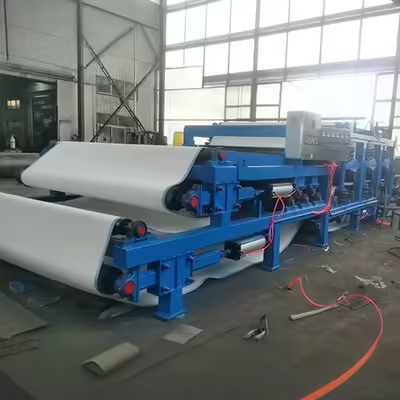
Coupling sludge processing equipment with incinerators, gasifiers, or combined heat and power (CHP) systems transforms waste into useful energy streams.
Fuel and Power Offsets
Energy recovered from sludge can supply up to 50% of plant power needs, drastically cutting electricity and fuel expenses.
Regulatory Incentives
In many regions, renewable energy credits or feed-in tariffs support sludge-to-energy projects, improving return on investment.
NO 9. Automated Process Monitoring and Control
Implementing advanced sensors and control systems in sludge processing equipment ensures optimal operation at all times. Automation can manage feed rates, adjust polymer dosing, and modulate belt speeds without manual intervention.
Real-Time Performance Optimization
Continuous monitoring of key parameters like cake solids content, torque, and power draw enables immediate adjustments, maximizing efficiency.
Reduced Labor and Error Rates
Automation minimizes human error and frees staff for higher-value tasks, cutting labor costs by 10%–20%.
Conclusion
Optimizing sludge processing equipment through targeted upgrades and process integrations unlocks substantial cost reductions for treatment facilities. From energy-efficient motors to integrated sludge-to-energy solutions, each strategy offers unique financial benefits and operational improvements.
Plant managers should assess current systems, identify high-impact upgrades, and develop phased implementation plans. By leveraging modern equipment capabilities and data-driven control, facilities can minimize expenses, improve compliance, and support sustainability goals.
FAQ
What is the most cost-effective upgrade for sludge processing equipment?
Variable frequency drives on dewatering equipment and automated polymer dosing systems typically deliver the fastest payback through energy and chemical savings.
Can sludge-to-energy systems work in small treatment plants?
Yes, modular gasifiers and micro-CHP units are available for smaller facilities, providing scalable energy recovery solutions.
How do I calculate the ROI on sludge processing equipment upgrades?
Compare baseline energy, chemical, and disposal costs with projected savings from upgrades. Account for equipment costs, installation, and maintenance to determine payback periods.
Do automated control systems require specialized staff?
Modern control platforms often include intuitive graphical interfaces and remote monitoring, reducing the need for highly specialized operators.
Are there government incentives for sludge processing equipment improvements?
Many regions offer grants, tax credits, or low-interest loans for energy efficiency and renewable energy projects, including sludge-to-energy initiatives.
How often should sludge processing equipment be maintained?
Regular maintenance schedules vary by equipment type but generally include weekly inspections, monthly lubrication, and annual overhauls for critical components.
What safety measures are essential when upgrading sludge processing equipment?
Follow manufacturer guidelines, conduct risk assessments, and ensure proper training on new systems to mitigate hazards during installation and operation.
How does polymer type affect dewatering performance?
Cationic, anionic, or non-ionic polymers perform differently depending on sludge characteristics. Pilot tests help identify the most effective polymer formulation.
Is sludge thickening always necessary before dewatering?
Thickening is recommended to reduce load on dewatering equipment, but very high-solids sludges may proceed directly to presses or centrifuges with minimal thickening.
Can retrofitting older equipment achieve significant savings?
Yes, retrofits such as drive upgrades, control additions, and polymer dosing integration can deliver 20%–30% cost reductions even on legacy sludge processing equipment.
